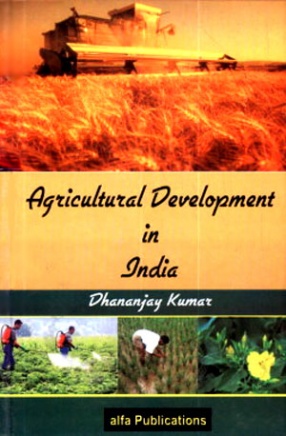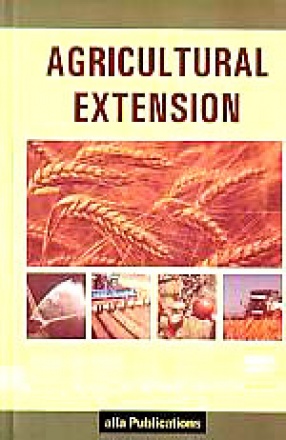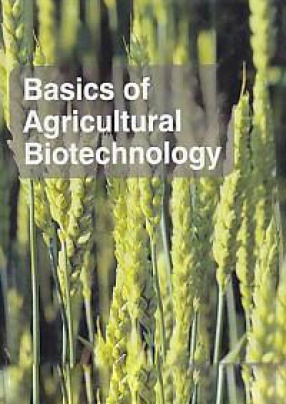Agriculture encompasses a wide variety of specialties and techniques, including ways to expand the lands suitable for plant raising, by digging water channels and other forms of irrigation. Cultivation of crops on arable land and the pastoral herding of livestock on rangeland remain at the foundation of agriculture. Agriculture has always been India’s most important economic sector. It is the means of livelihood of almost two thirds of the work forces in the country.
The increase in post-independence agricultural production has been brought about by bringing additional area under cultivation, extension of irrigation facilities, use of better seeds, better techniques, water management and plant protection. After independence, dependency of Indian agricultural imports convinced planners that India’s growing population, as well as concerns about national independence, security and political stability, required self-sufficiency in food production. This perception led to a programme of agricultural improvement called the Green revolution, to a public distribution system, and to price supports for farmers.
The growth in food grain production is a result of concentrated efforts to increase all the green revolution inputs needed for higher yields: better seed, more fertilizer, improved irrigation and education of farmers. Agriculture in India is improvising with collaboration in technology using tractors, fertilizers and also new methods to aid farming.








There are no reviews yet.